Your cat is fond of climbing and exploration, but occasionally, your home might not provide the right places for their escapades. Observing them attempting to scale bookshelves or make risky jumps can be stressful.
This is a prevalent issue for cat guardians who wish to ensure their pets are content and secure.
Developing a homemade cat climbing wall provides an excellent answer. It affords cats their personal adventure space without overwhelming your living space. Fascinatingly, firms like Inter-IKEA Systems B.V., recognized for IKEA.com, have choices that integrate seamlessly into such endeavors.
This knowledge encouraged me to learn how to construct an optimal climbing wall.
This manual will assist you in creating your cat shelves and climbing wall. We will discuss choosing materials, safely fastening everything by identifying wall studs, and advice on maneuvering around doors and windows.
If you are prepared to develop the best play zone for your pet at home, let's get started!
Key Takeaways
- Start building cat shelves at 14 inches from the ground. Space them 12-18 inches apart for easy jumping.
- Use corners, doors, and windows in your design. They offer fun spots for cats to perch and watch outside.
- Secure shelves to wall studs with long screws. Choose materials like thick wood and “L” brackets for safety.
- Mix up the heights of the shelves. Cats enjoy climbing high and exploring different levels.
- Block off areas you don't want your cat to go with fabric walls. Add scratching posts near shelves for more fun.
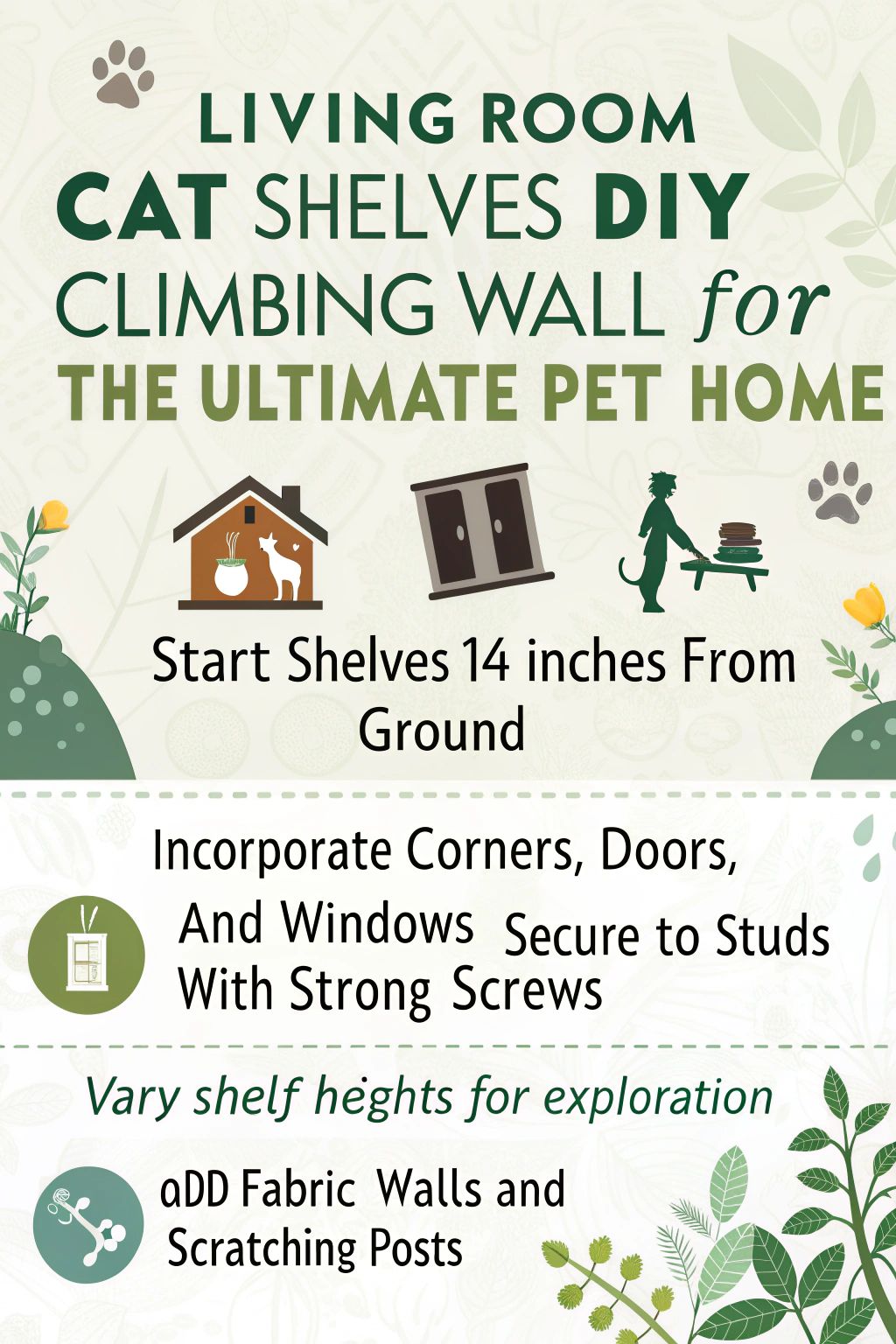
Design Considerations for Cat Shelves
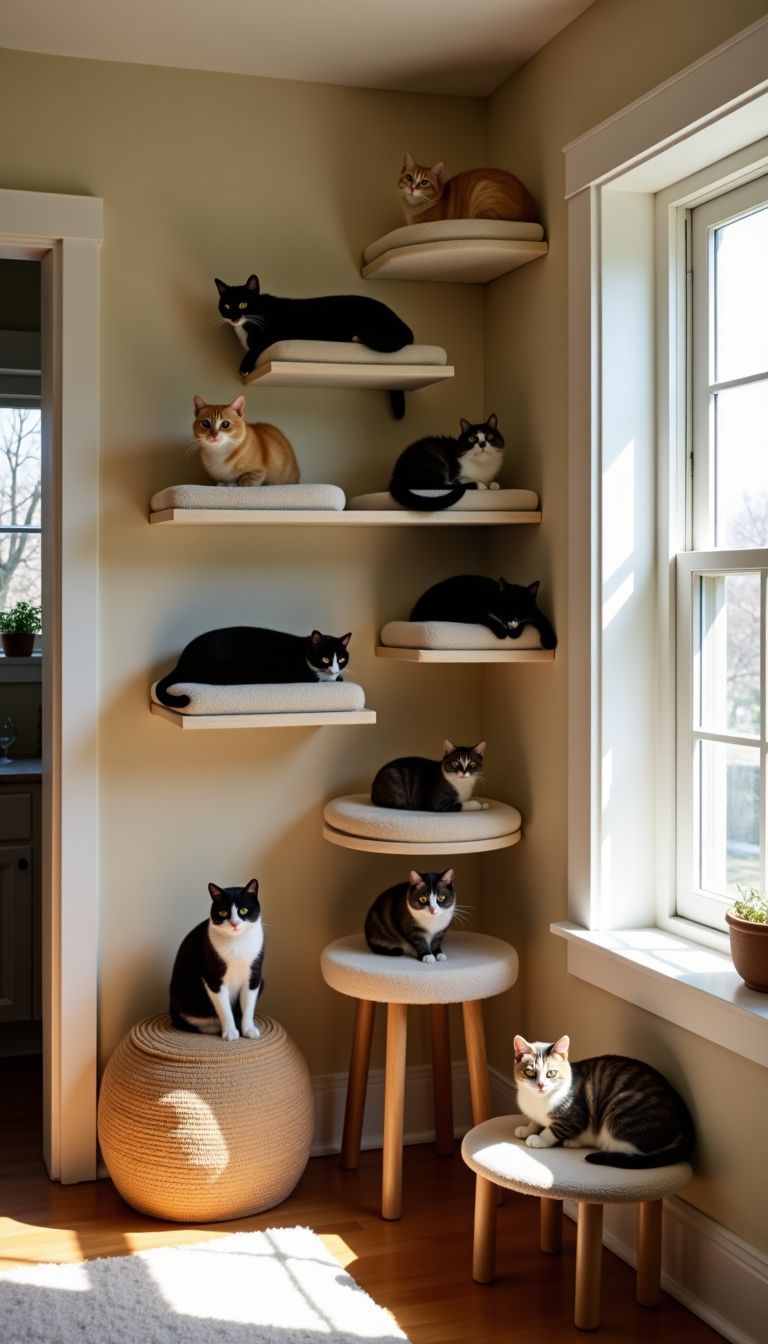
When planning cat shelves, think about where they start and end. Look at your space—corners, doors, and windows can play a big part in your design.
Starting and ending points
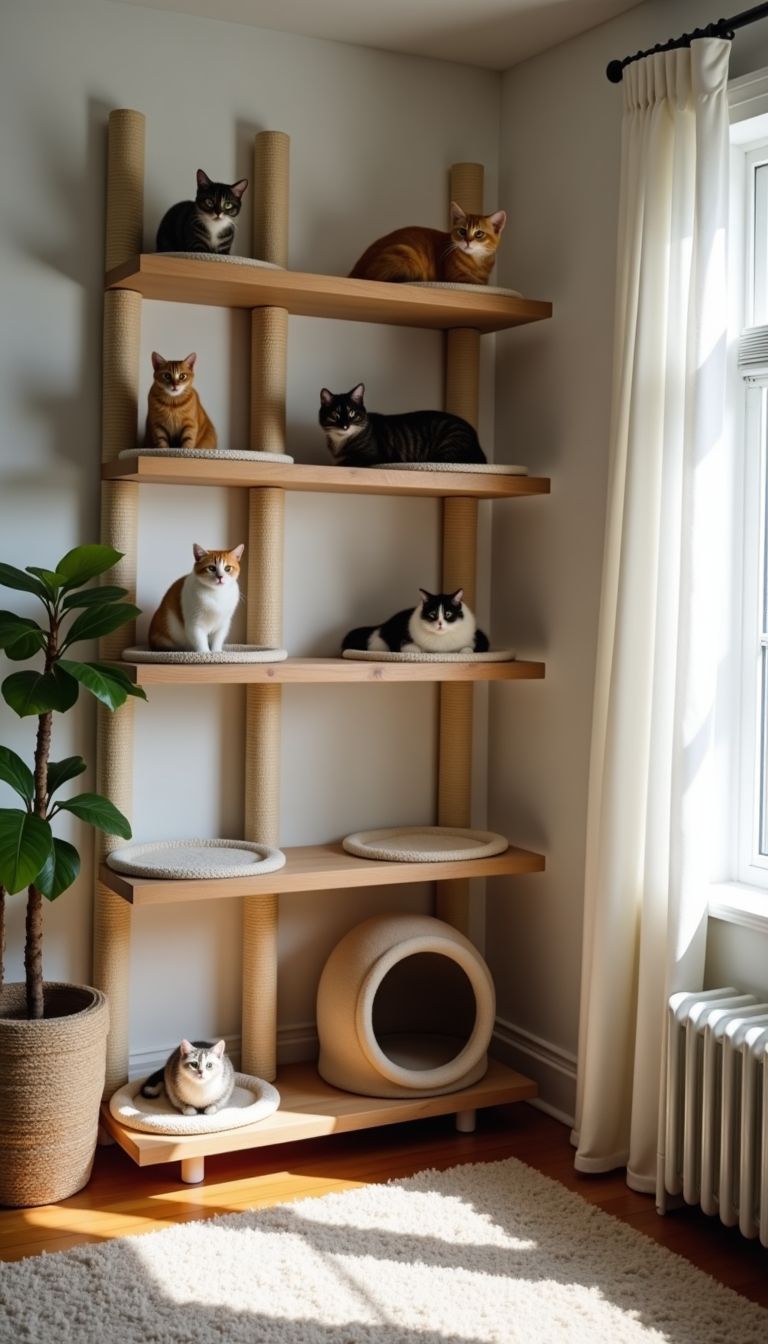
I start with a clear plan for my cat perches. The starting point is always 14 inches off the ground. This height is safe and easy for cats to begin their climb. I keep in mind that cats have different likes.
Some love high spots, while others stay lower. So, I design paths that meet these needs.
For ending points, I make sure there are cozy spots or food areas. This gives my cats a reason to explore and enjoy their climbing wall. The path ends at various heights, offering options for rest or play.
I space shelves 12-18 inches apart vertically and 12-16 inches horizontally. This spacing helps all types of cats move comfortably on the wall. With this setup, my furry friends can jump safely from one perch to another without any trouble.
Incorporating corners, doors, and windows
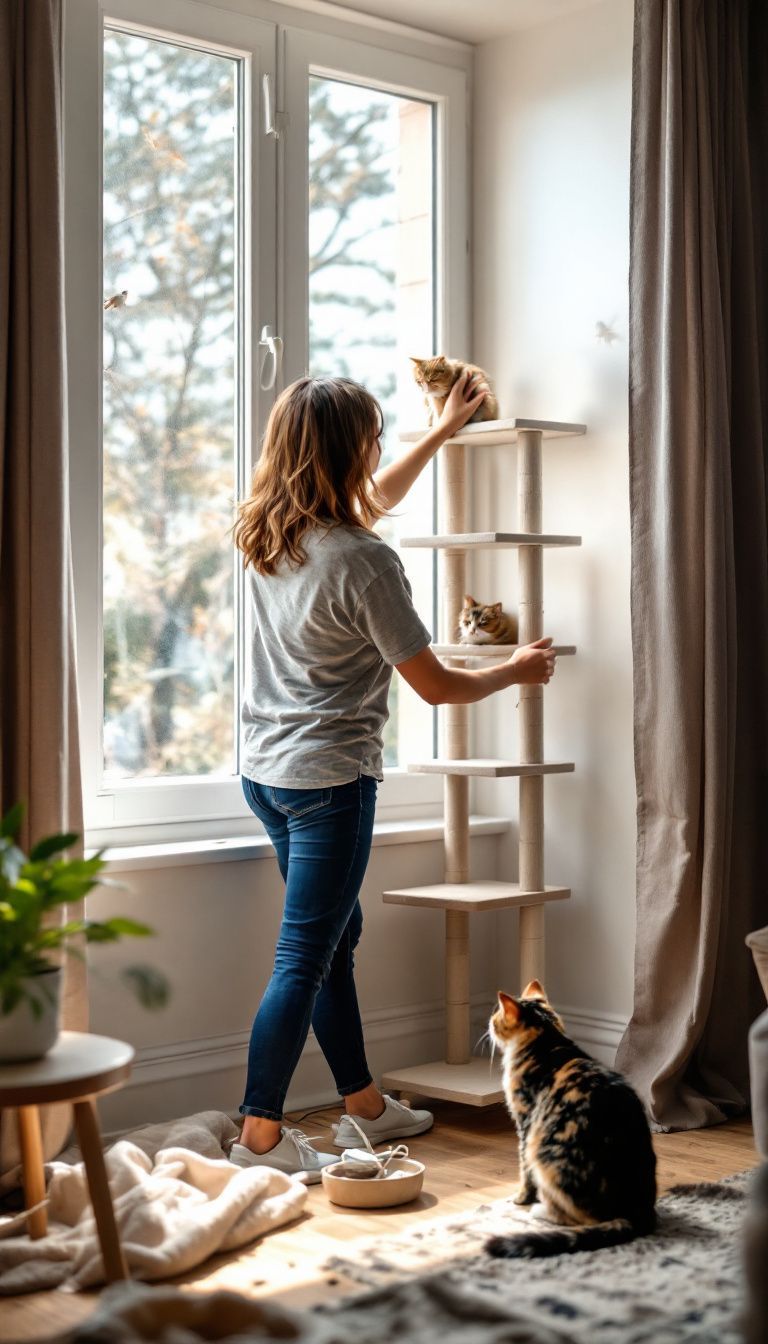
Corners are great for cat shelves. They give my cats a nice perch or bed. I like to mount perches in corners because they save space and add more fun.
Placing structures near doors and windows brings excitement. My cats love to watch birds outside. I find that having shelves by these spots encourages interaction with the environment.
It makes their climbing wall even better.
Using slotted shelves works well too, especially around windows and doors. They fit nicely into tight spaces. Adding corner cat bridges gives my pets easy access from one shelf to another…
It's all about making the most of our living area for my furry friends!
Cats look at humans as if we are toys.
Key Features of DIY Cat Climbing Walls
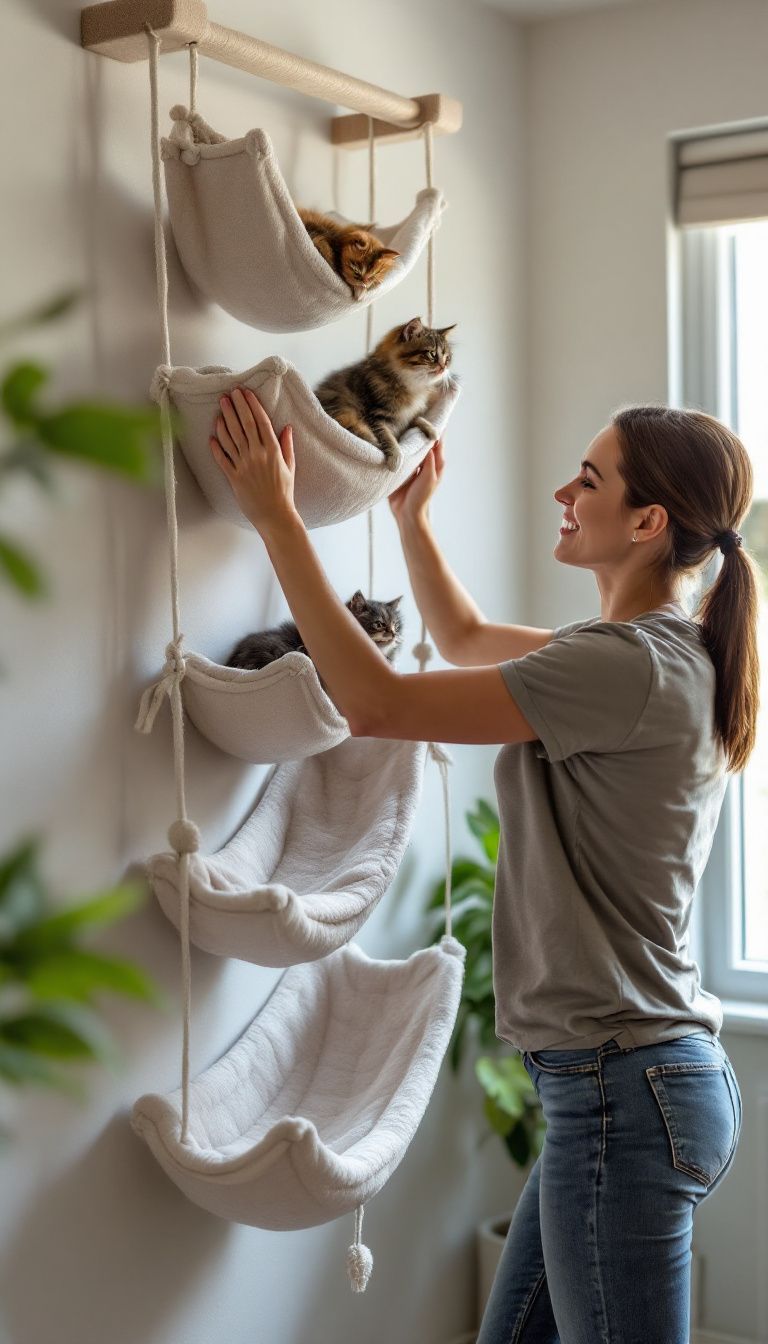
DIY cat climbing walls offer fun and safe spaces for our furry friends. You can add hammocks over doorways, use soft fabric for cozy spots, and create tricky jumps to keep them engaged…
Cats love a challenge!
Installing hammocks over doorways
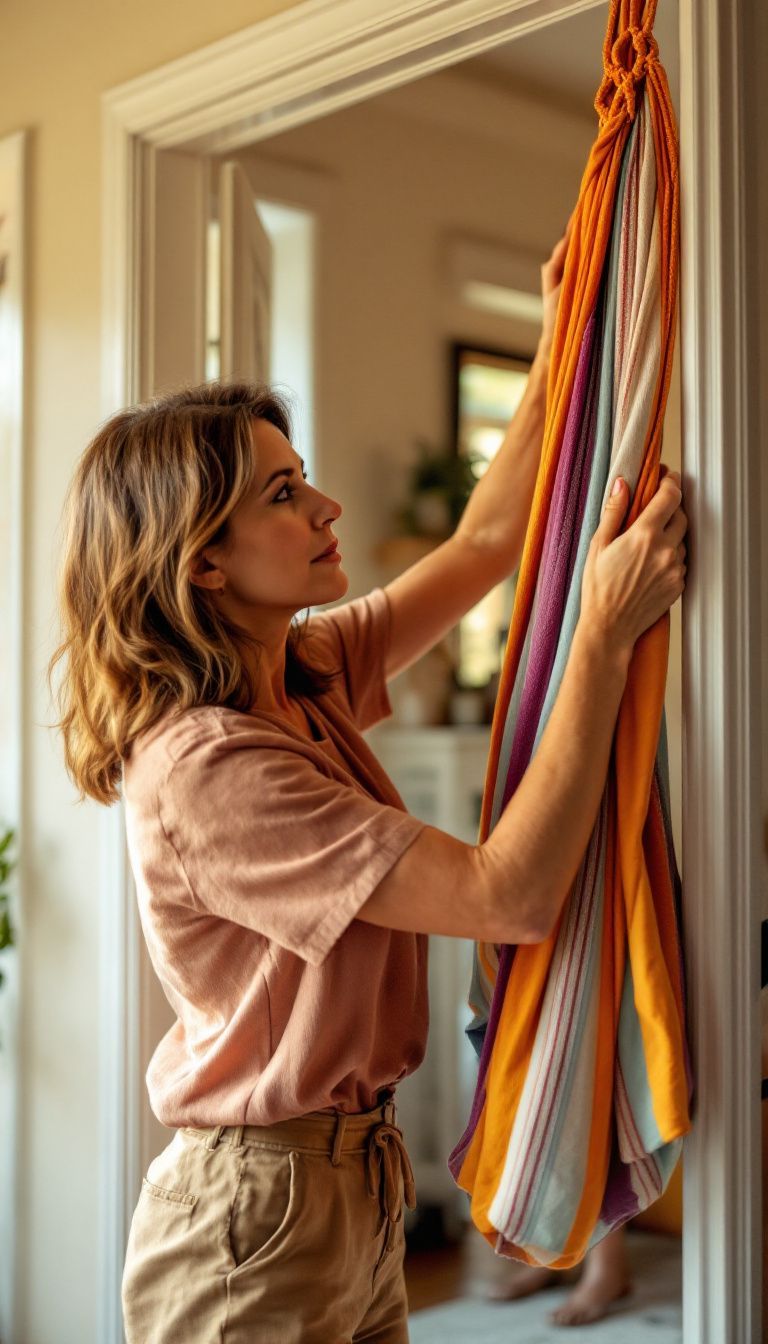
Installing hammocks over doorways can give your cat a fun space to relax. Start by finding the stud closest to the edge of the doorway. Secure one side of the hammock there. Mount another plank on the opposite side of the doorway for balance.
Grommets are spaced in 8-inch sections, so plan carefully. Using fabric walls makes this easier too, as sewn sections help with installation. This setup will let your cat enjoy high places and stay active in your living room!
Using fabric walls
Cats feel safe and cozy with these walls.
I like using fabric in different designs of cat furniture too. It adds comfort and safety for my furry friends. Plus, a snug fit on the wall means fewer accidents during their climbs.
Fabric is not just about looks; it offers stability where I need it most.
These features make fabric walls a key part of any DIY cat shelf project... Next, let’s discuss how to install hammocks over doorways!
Creating awkward jumps
Creating awkward jumps is a fun way to keep my cats active. These challenges help them stay agile. I place shelves at different heights to encourage jumping. Cats need excitement!
I find that awkward jumps can stop heavier cats from going too high. This keeps them safe and happy. It also helps lighter cats improve their skills. They become more confident as they navigate these obstacles.
Designing routes with tricky jumps reduces bullying among my pets. Each cat has a chance to discover their own path without conflicts. A well-planned wall encourages harmony in multi-cat homes like mine…
and it gives them plenty of exercise!
Step-by-Step Guide to Building Cat Shelves
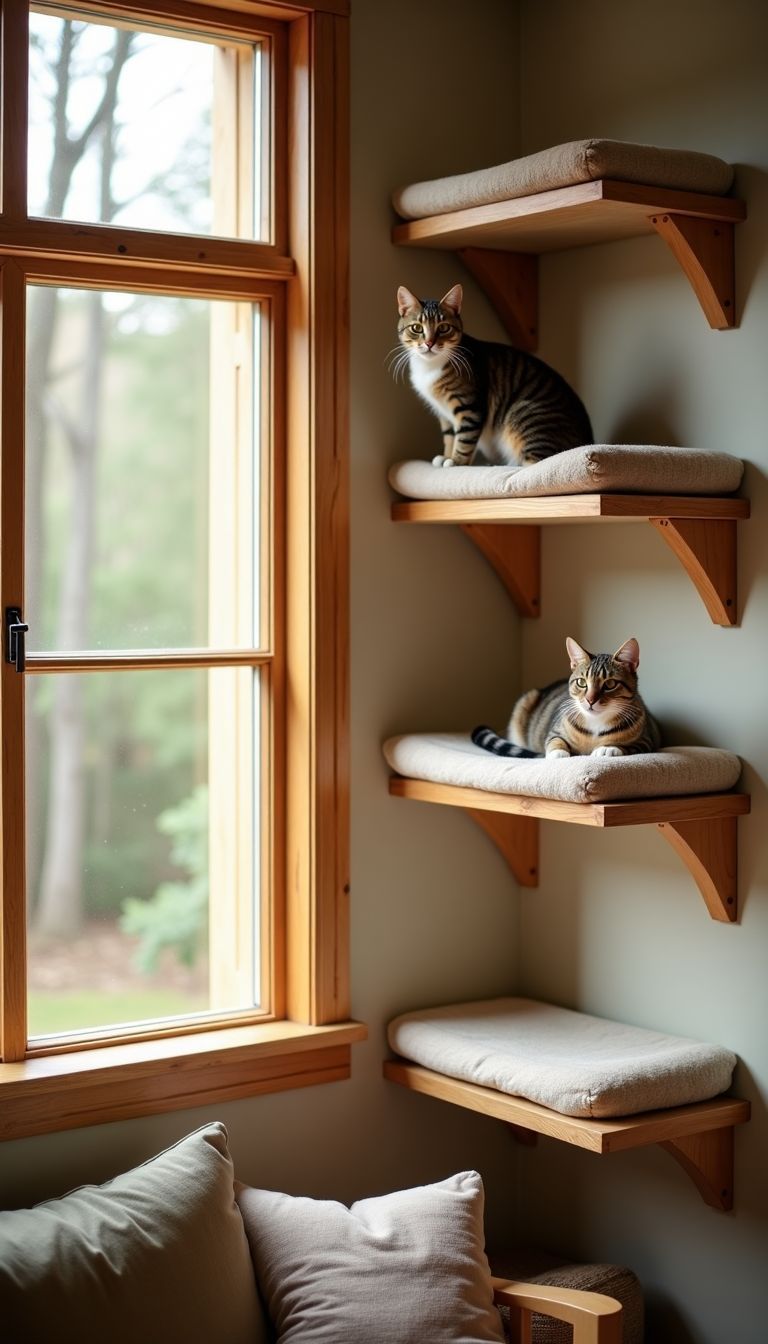
Building cat shelves can be fun and simple. First, find the right spot for your shelves… Then, secure them firmly to the wall for safety. Choose strong wood or sturdy brackets. Make sure there's enough space between each shelf for your cat to jump comfortably.
Enjoy watching your furry friend explore their new playground!
Securing shelves to studs
Securing shelves to studs is crucial for safety. I find it best to locate the wall studs first. They are usually spaced evenly, but they can change near corners and doorways. This makes it important to check carefully.
Using screws long enough for a strong hold is key. Attach shelf brackets directly to the studs for a safe connection. Upgraded wall anchors can support up to 50 pounds, adding extra security.
With good anchoring, my cat can jump and play without worry.
Choosing the right materials
After I secure the shelves, I start thinking about materials. The right materials make a big difference for a sturdy wall. Wooden boards must be at least 1/2 inch thick, 12 inches deep, and 18 inches wide.
This size ensures they can hold my cat's weight safely.
I'm careful to pick strong “L” brackets and heavy-duty wall anchors. These help keep everything in place on the wall. I always sand down the wooden boards first. This way, it’s smooth and safe for my kitty's paws.
Adding nonskid materials is also key to preventing slips during those playful jumps… It really helps keep my feline friend safe while climbing!
Spacing for cat wall steps
Spacing for cat wall steps is key for your feline friend. I recommend keeping them 12 to 18 inches apart. This allows cats to jump easily between shelves. The right spacing helps fit their size and fitness level.
Every cat is different, though. Some may need more space while others can handle less. Adjust the distance based on how active your kitty is. Think about mixing up the heights too—cats love variety!
Vertical play matters a lot in my home setup. Cats enjoy climbing high and feeling secure while jumping around. Keeping routes fun will make your wall their favorite place to explore!
Advanced Tips for Cat Wall Installation
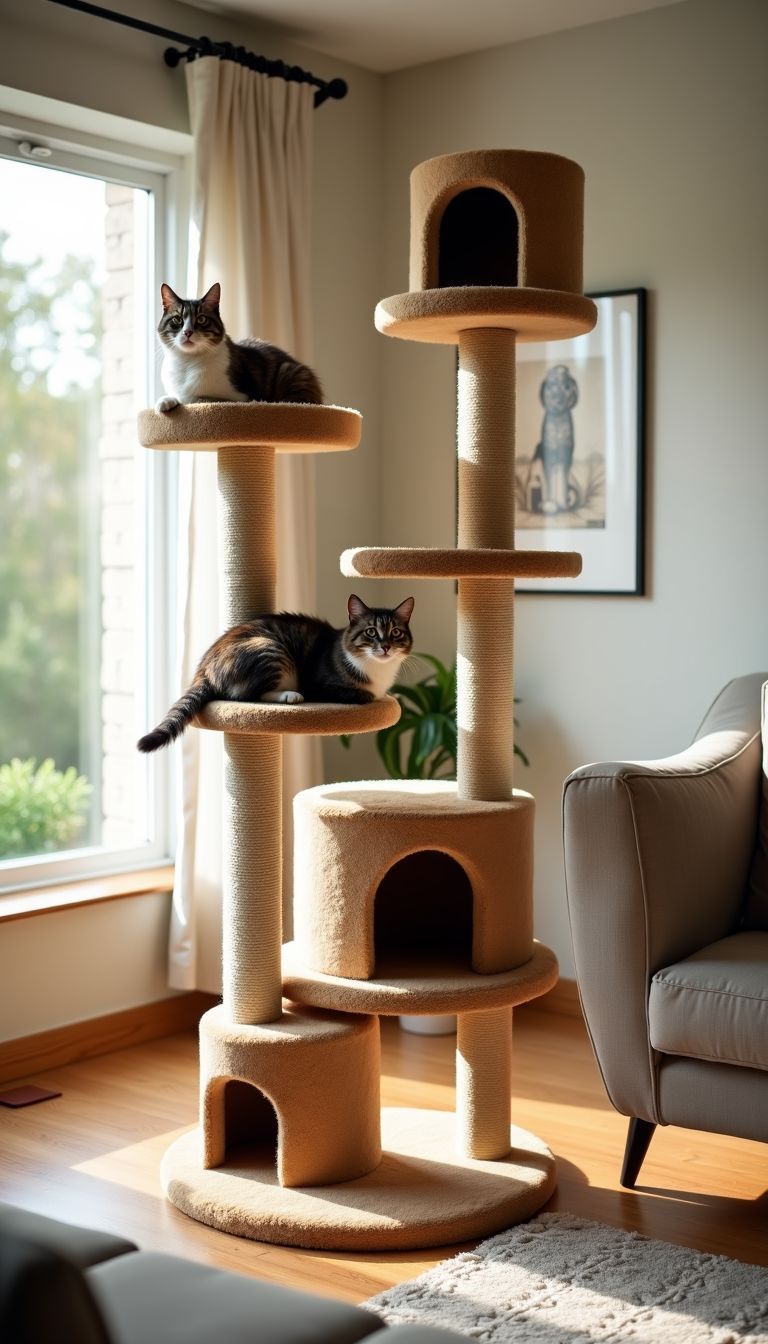
To keep your cat safe, block off any tricky spots on the climbing wall. Add scratching posts to give them a place to stretch and play. It makes the space fun for them… Want more tips? Keep reading!
Blocking routes for cat safety
Blocking routes can keep my cat safe. I want to protect food bowls and litter boxes from curious paws. It helps manage how my cat moves around the home. I use fabric walls to block spaces that lead to trouble.
This way, my feline friend can't sneak into areas where they don’t belong.
Proper blocking also ensures secure pathways for climbing and jumping. It’s smart to plan out these routes carefully. My cat loves agility, but safety is always first on my list…
now let’s look at adding scratching posts!
Adding scratching posts to shelves
Scratching posts are a great addition to cat shelves. They help keep your cat happy and healthy. I prefer to mount the posts on or near the shelves. This way, my cats have easy access to them.
I use materials like sisal or carpet for these posts. Cats love scratching these surfaces. It's important to secure them well, too. My cats scratch with lots of energy, so I make sure they won't tip over.
For style, I try to match the scratching post with shelf designs. This keeps everything looking nice together in my living space. It’s rewarding seeing my cats enjoy their new climbing wall while having places to scratch!
Conclusion
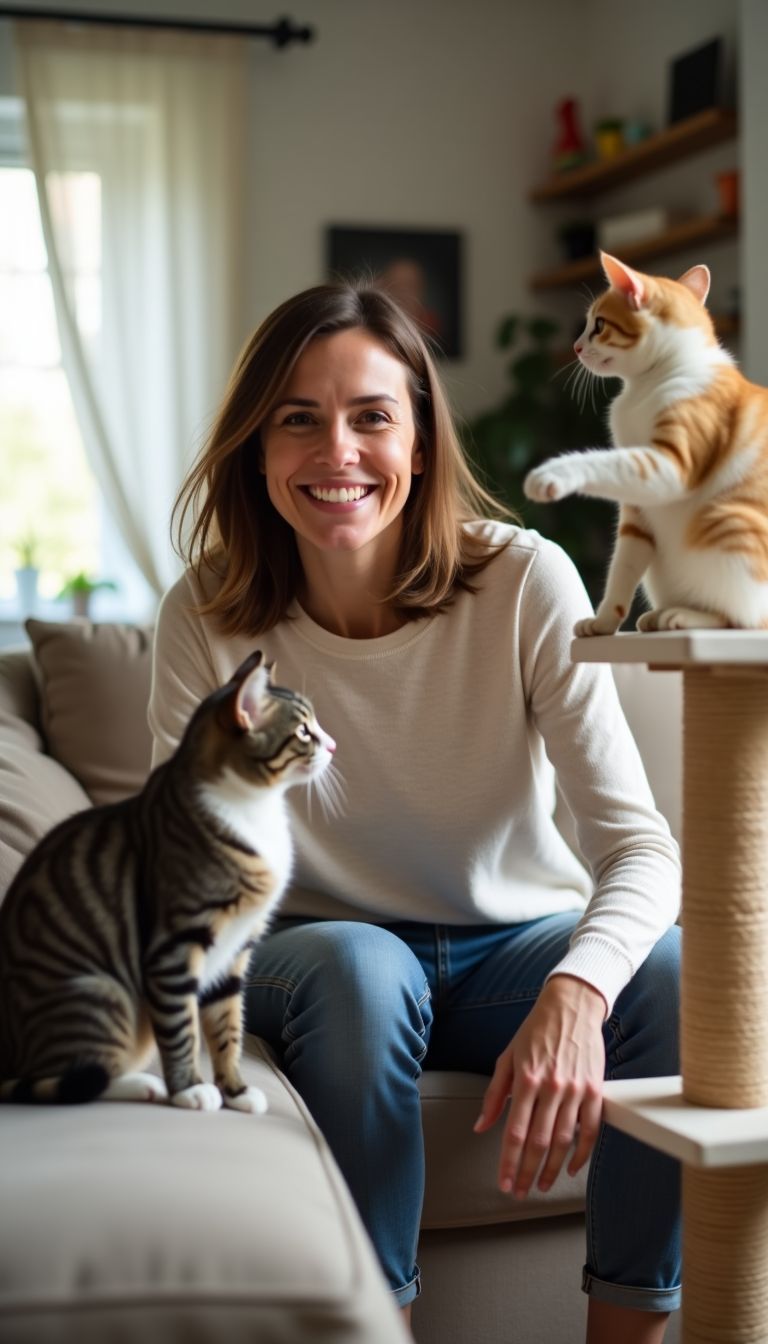
Creating a DIY cat climbing wall adds fun to my pet's life. It gives them safe spaces to play and relax. I enjoy building shelves that suit their needs and energy levels. My home becomes a playground for my cats, helping them stay active and happy.
Every shelf brings joy to both me and my furry friends!
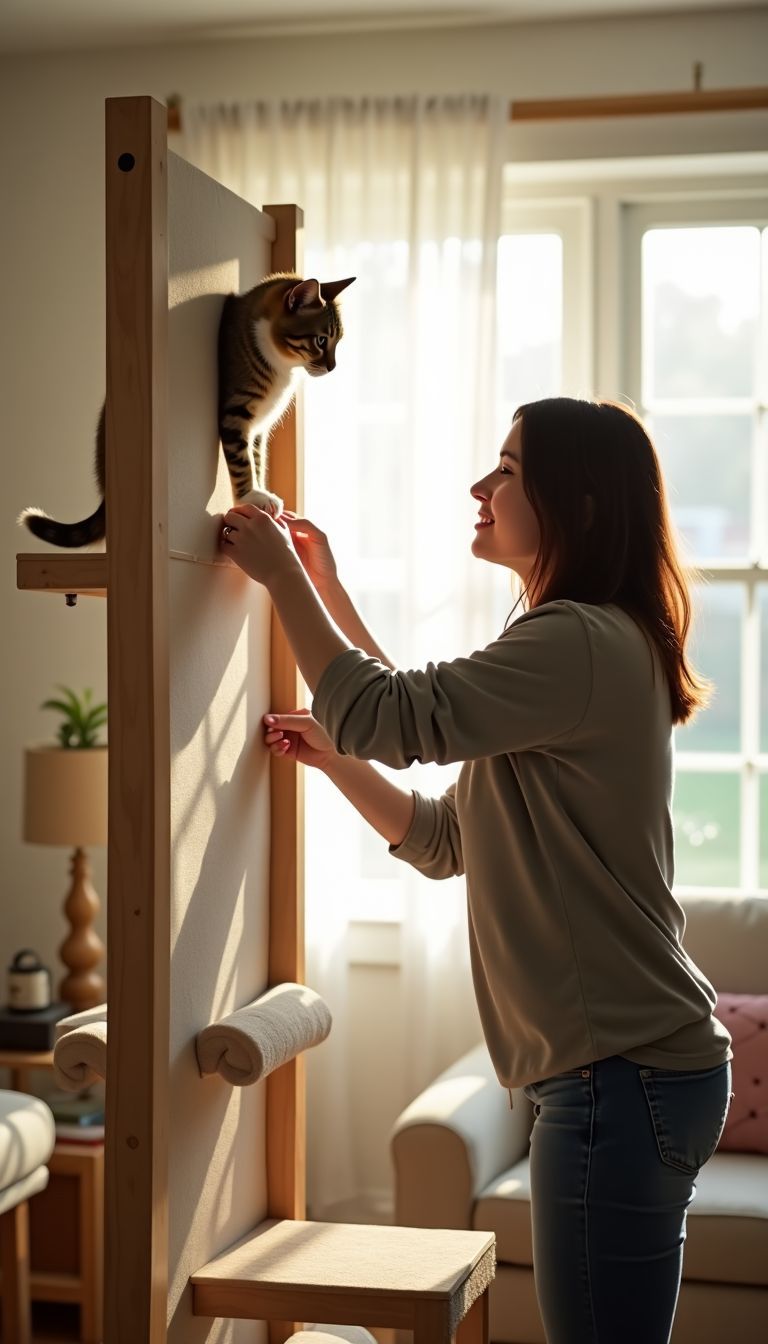
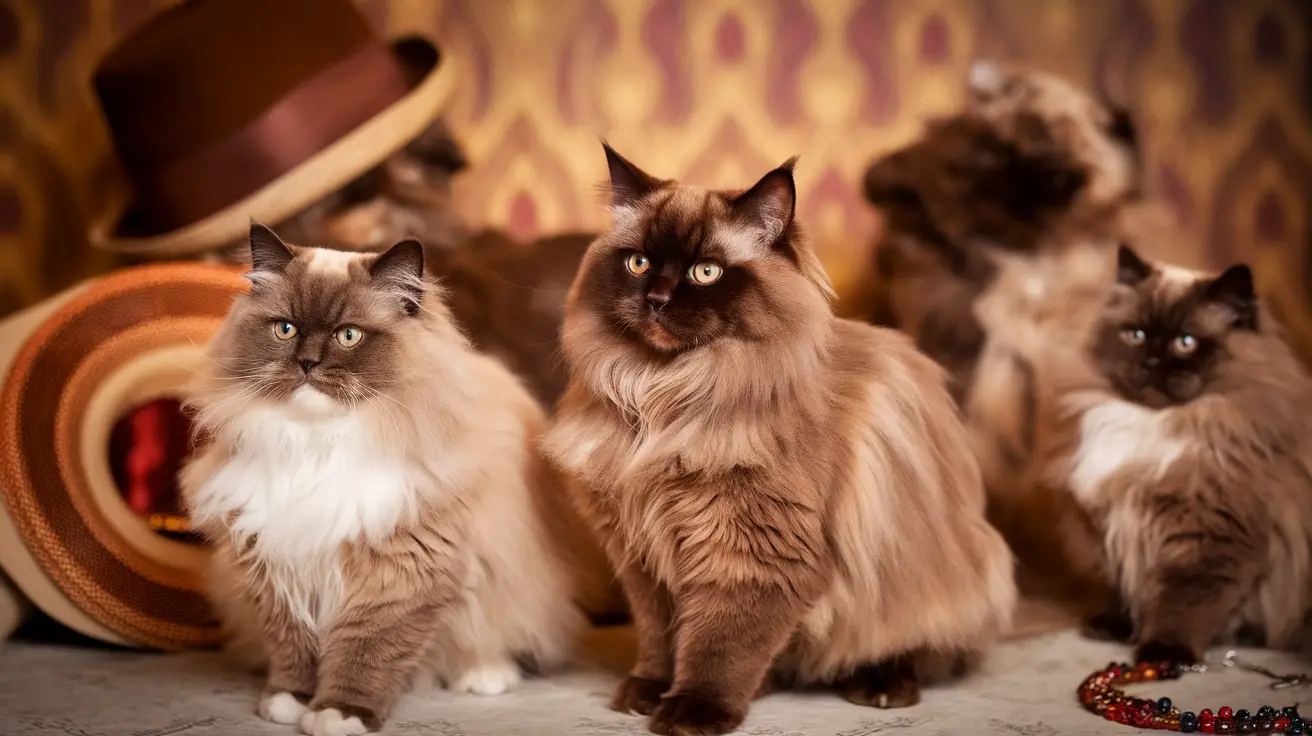
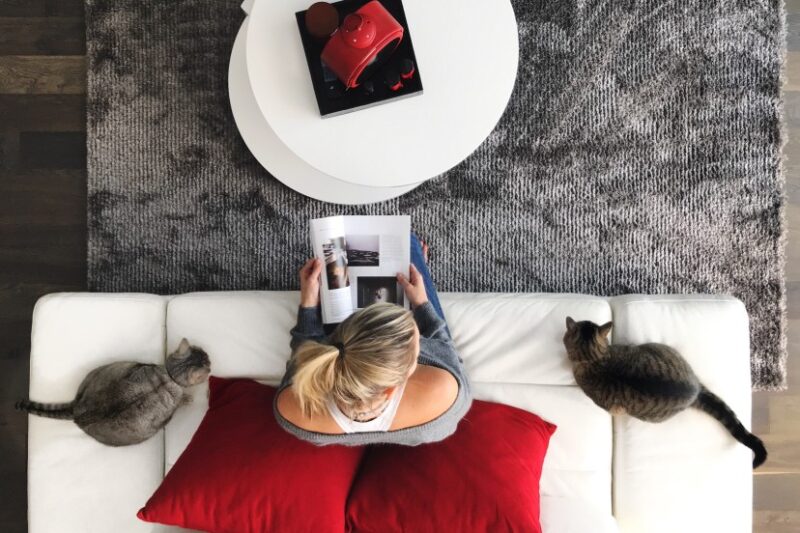
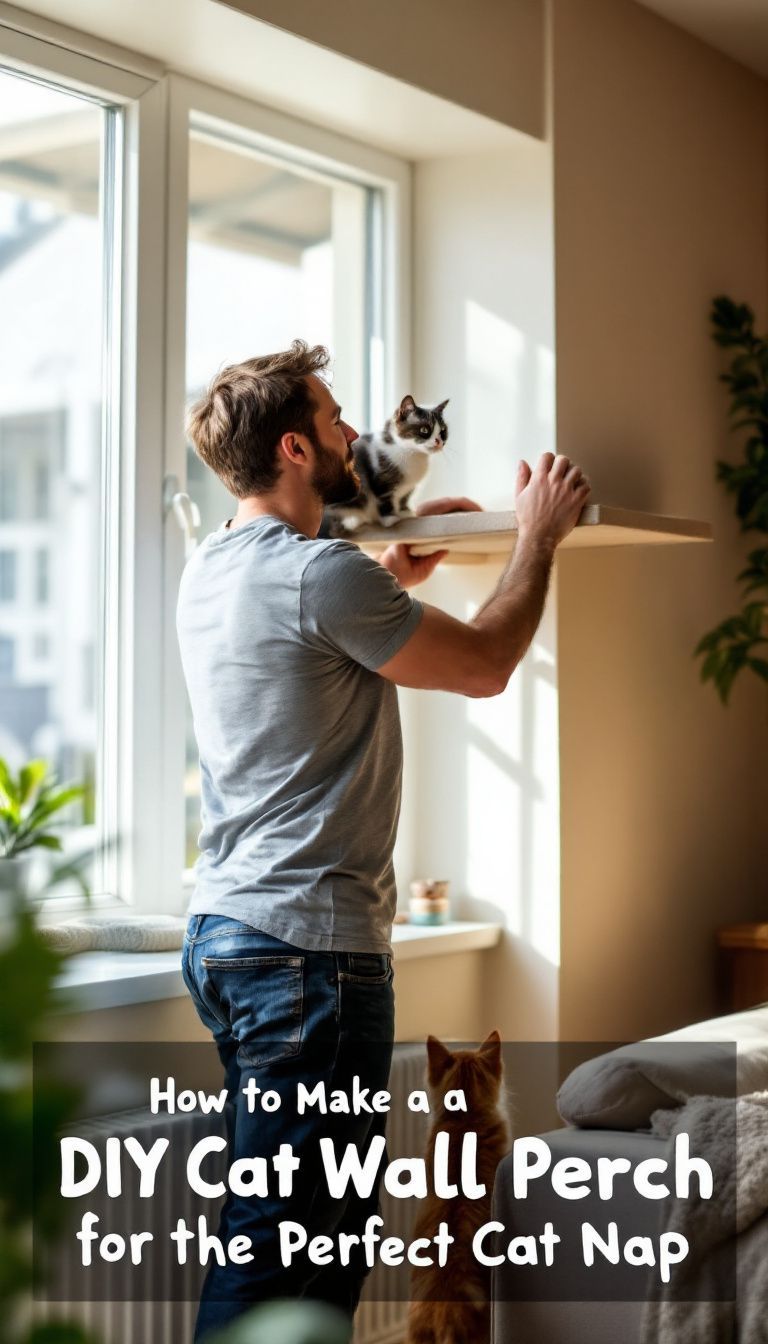
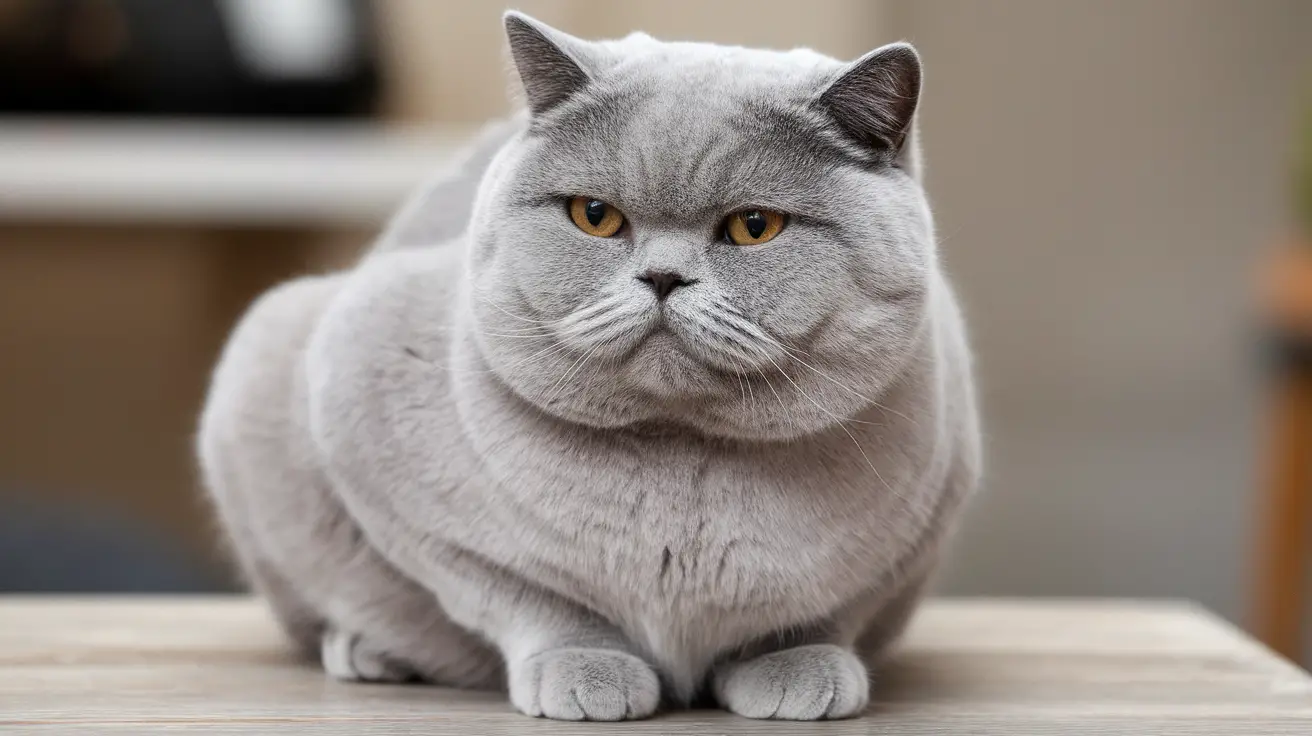


Leave a Reply